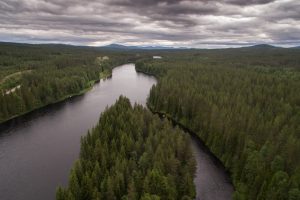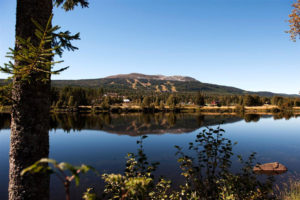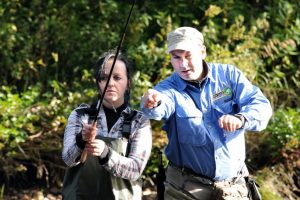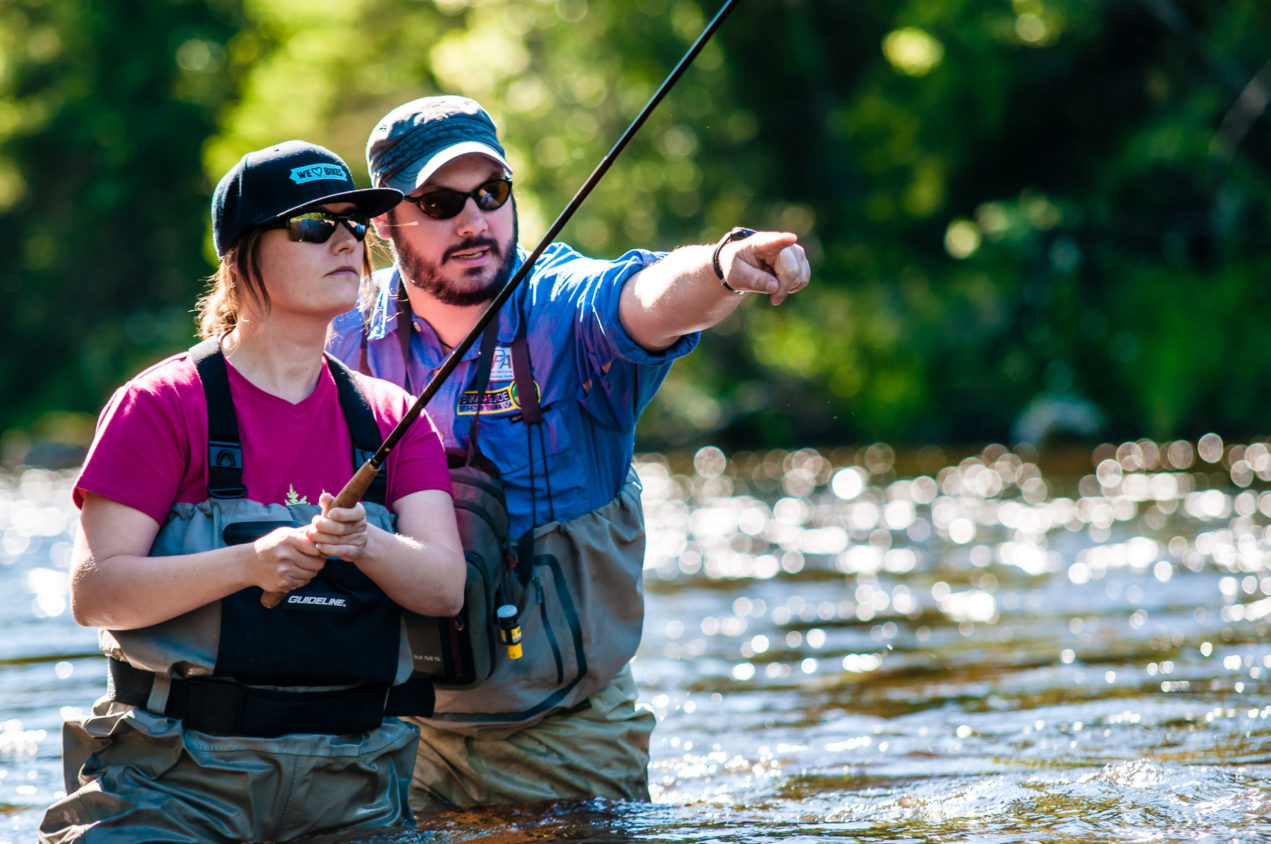
Tenkara Dreams
This Japanese method of fly fishing is not very well known in Norway, but is practiced religiously by a man in Trysil.
Written by Lars Reitan.
Fly fishing without a reel is not something you see everyday on Norwegian rivers. However, this Japanese fly fishing method is both simple and effective according to Chris Hendriks, who is Norway’s only certified tenkara guide.
This method of fly fishing is over 200 years old, and was originally developed for putting food on the table. The setup was simple: a long bamboo rod with a line tied to the top.

Today tenkara anglers use either a telescopic carbon or fiberglass rod between 12 and 14 feet long. The line is often fluorocarbon in an orange color (0.30-0,33 mm), which is equal in length to the rod. This is tied to a “Lillian”, which is a red thread attached to the top of all tenkara rods. To the end of this you tie on roughly a meter long tippet to the first fly.
Drift freely
– Since the casting line can be held up from the water, your fly can drift freely in a natural way. The casting line length is the same all of the time, so you can use the same timing every cast and every drift. This makes it really easy to learn the basics quickly, explains Hendriks.
Most people assume that there is very little technique involved in casting a tenkara rod, but there are many techniques involved, including roll casting.
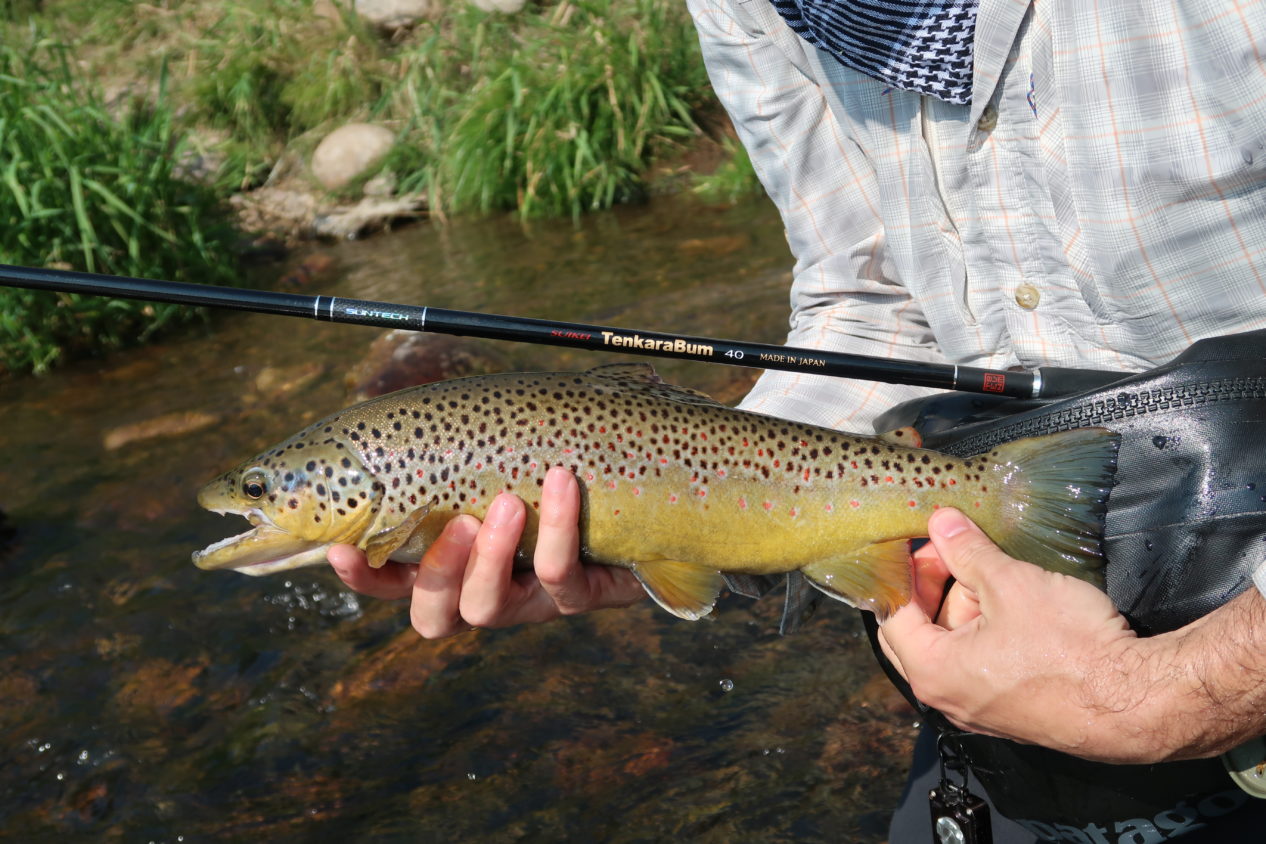
Hendriks likes to move the dry fly, as if the fly is lifting off from the water. This can be very attractive to the fish.
-When you fish with mayfly and caddis imitations you can also put more action and life into the fly. With a relatively short line you also have more control.
-The biggest advantage with tenkara is that you eliminate the need to strip in the fly, explains Hendriks.
With normal fly fishing equipment you often get an unnatural drift through currents. With a tenkara rod you hold the line off of the water, allowing the fly to drift freely, and you save time both casting and changing flies.
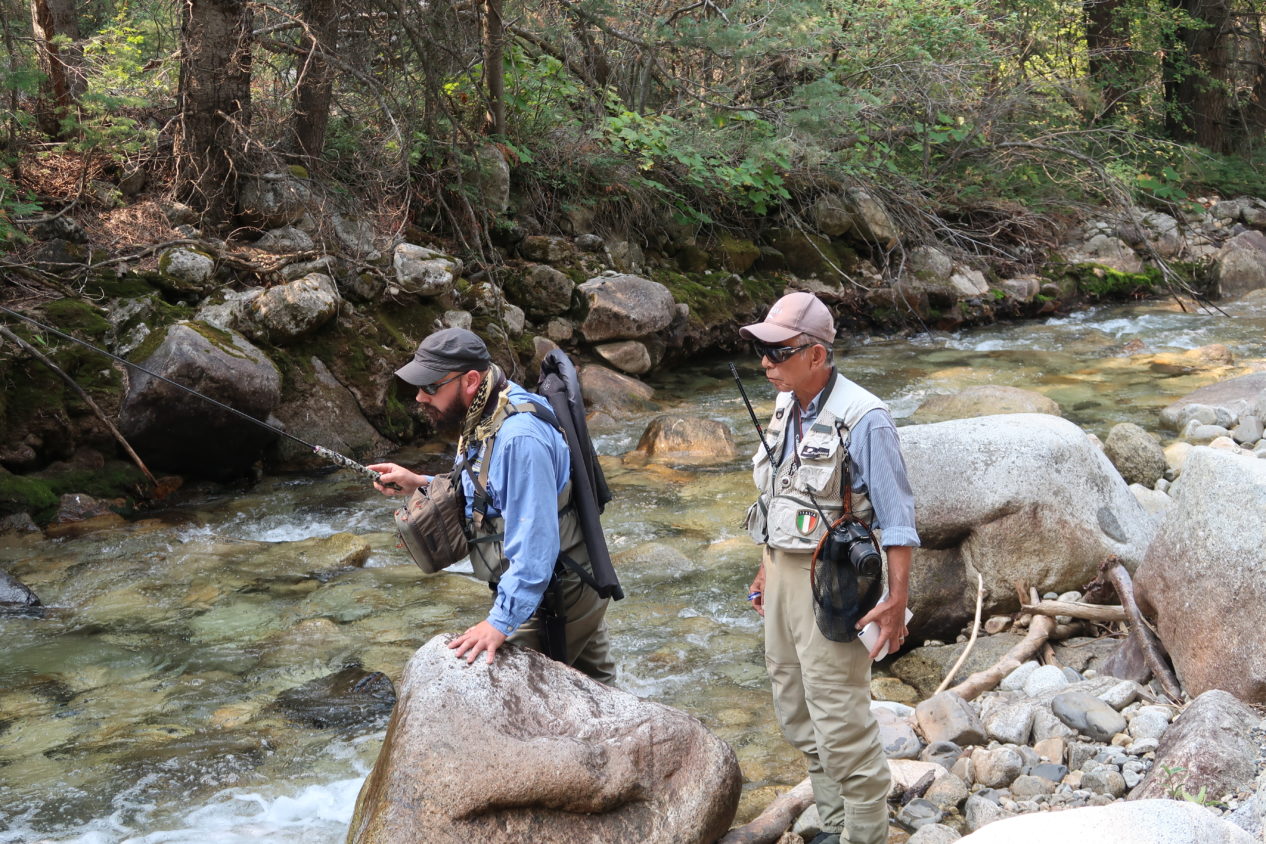
Tenkara – Not only for small fish
Tenkara was developed for fishing in small creeks and streams, but Hendriks also fishes in larger rivers, including Trysilelva. You obviously have to pay attention to the depths, and where you can wade safely if you are to hook into a larger fish.
-There are not many places I don’t use a tenkara rod. The only exception is when the fish are holding deeper where you cannot wade safely if you need to chase the fish down.
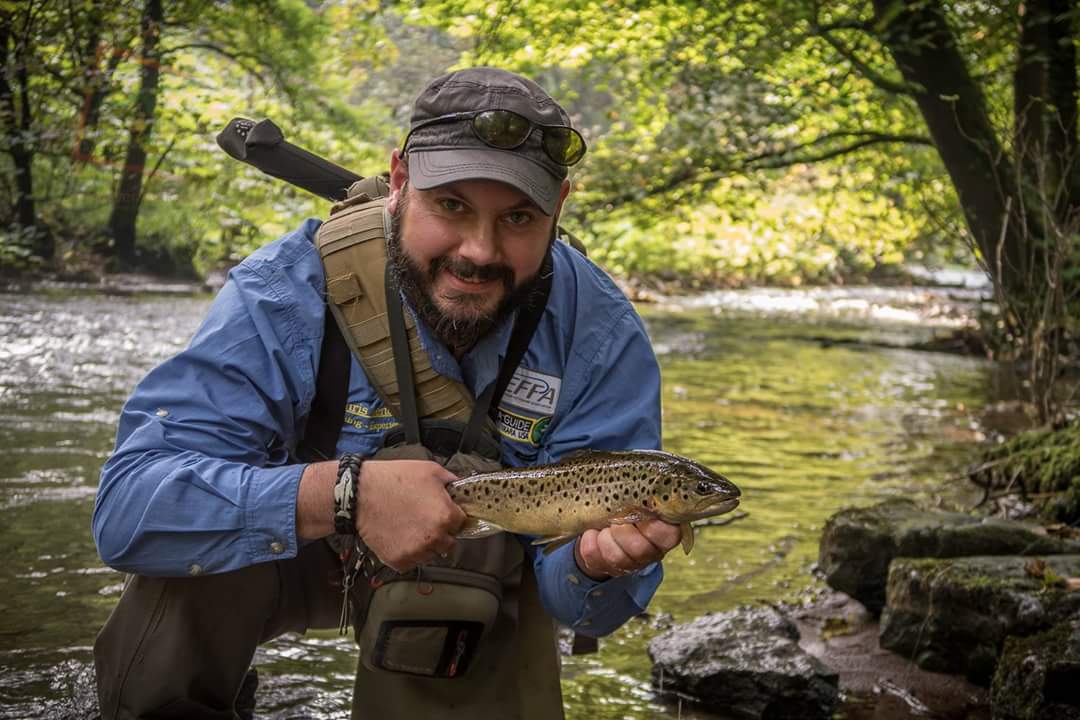
However, it is a myth that tenkara can only be used on small fish.
-Quite the opposite, the rod will handle more than you think, and I have not had any problem landing 1 kilo grayling with tenkara equipment. In the USA tenkara anglers have caught fish up to 2-3 kilos.
The best flies to use are normally traditional dries and nymphs.
-Japanese flies have been marketed for tenkara fishing, but it is totally acceptable to use normal dry and wet flies. It is actually these I fish with primarily. The most widely known Japanese fly is a Sakasa Kebari; a wet fly with the hackle tied forward. This is developed to sink and be pulled up again, so the hackle moves around and attracts the fish.
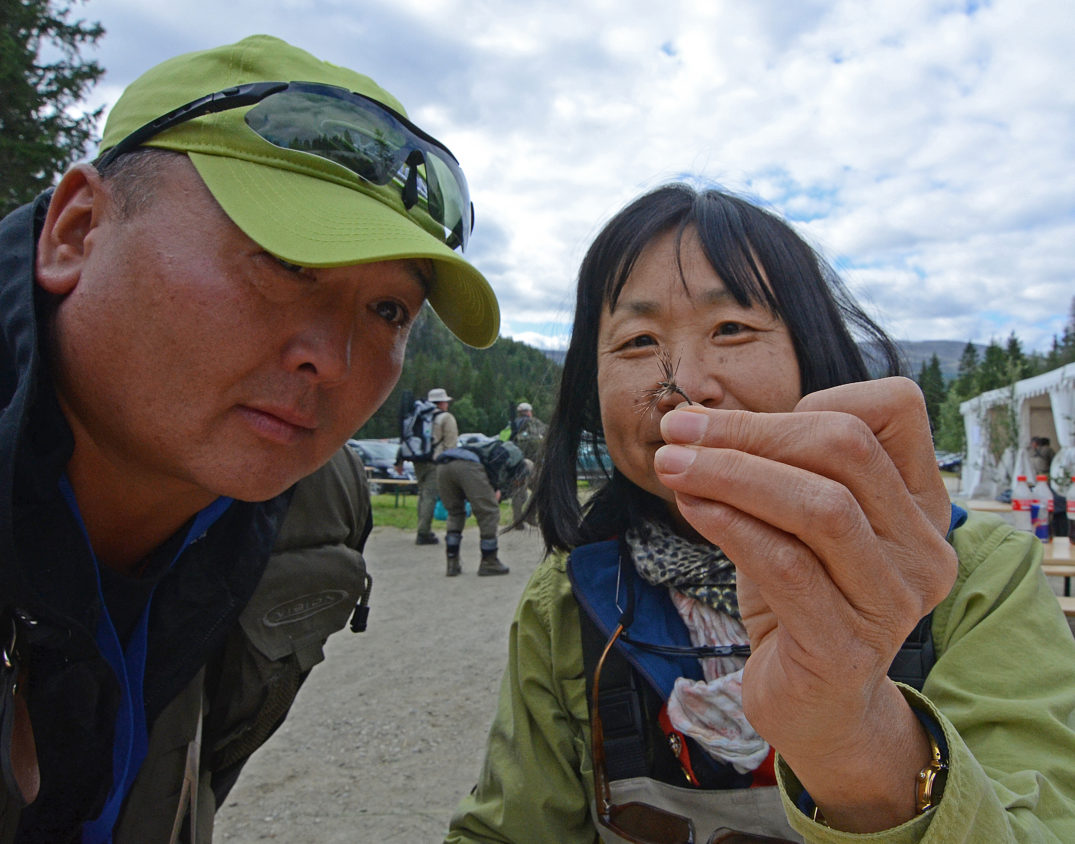
-Even though tenkara is marketed with the sentence; one rod, one line, one fly, the reality is a bit different. I often use two or more flies at the same time, usually a dry fly on top with a nymph underneath.
No interest in Norway
There are not many who are interested in in tenkara in Norway. Therefore it is difficult to find equipment to buy in Norwegian stores, and everything must be purchased online. Chris Hendriks uses tenkara as a method to introduce people to fly-fishing, especially the younger generation.
-While you must learn to cast before you start with normal fly-fishing, the casting part is much easier with a tenkara rod. This method is effective, and new beginners typically see results quickly
Hendriks explains that it is typically the most experienced fly anglers who are most skeptical to tenkara fishing.
-One time I had was guiding a Danish group, and had a tenkara back up rod. When one of them broke his fly rod he was skeptical to trying out my tenkara rod. However, during the course of the day they ended up catching 25 fish, and the guy fishing with a tenkara caught 11 of them. He was the most satisfied of the entire group!

